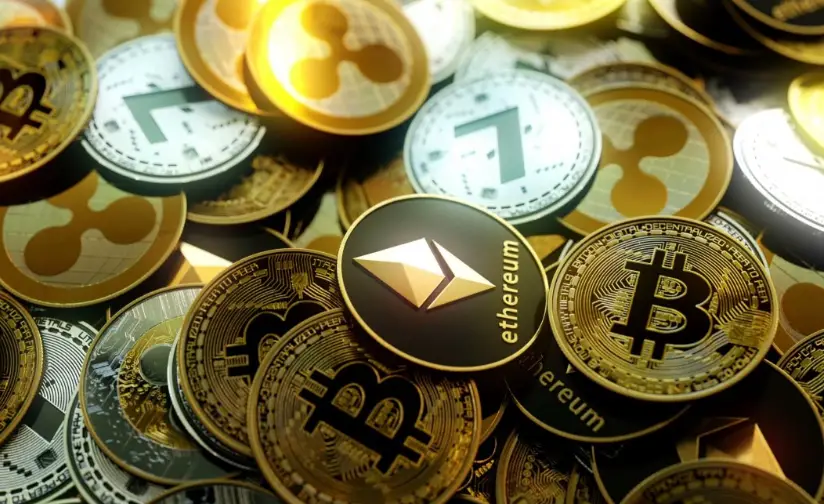Understanding Ethereum Gas Fees: Where Do They Go?
Ethereum, the world’s second-largest cryptocurrency, relies on a unique mechanism known as gas fees to process transactions and execute smart contracts on its blockchain. Gas fees play a crucial role in maintaining network security and incentivizing miners to validate transactions. However, many users wonder where these fees go and how they impact the Ethereum ecosystem. In this blog post, we will explore the concept of Ethereum gas fees and shed light on how they are distributed within the network.

What are Ethereum Gas Fees?
Before delving into the distribution of gas fees, it is essential to understand what they are. Ethereum gas fees are transaction fees paid by users for executing operations or smart contracts on the Ethereum blockchain. Gas is a unit of measurement that represents the computational effort required to perform a specific operation. Each transaction has a gas limit, which is the maximum amount of gas allocated to execute that transaction.
How are Gas Fees Calculated?
The cost of a transaction is determined by multiplying the gas price (expressed in Gwei, a subunit of Ether) by the gas used. The gas price is set by users when they initiate a transaction, indicating the amount they are willing to pay per unit of gas. Miners prioritize transactions with higher gas prices since it incentivizes them to process those transactions first.
Incentives for Miners:
Miners are integral to the Ethereum network, as they validate transactions and add them to blocks. When a miner successfully includes a transaction in a block, they receive the gas fees as a reward. These fees act as an incentive for miners to continue securing the network and validating transactions. As a result, miners play a critical role in the overall health and security of the Ethereum blockchain.
Uncle Rewards:
In Ethereum, not all mined blocks are included in the main chain. Occasionally, multiple miners may validate blocks simultaneously, resulting in temporary forks in the blockchain. Blocks that are not included in the main chain are known as “uncles.” Miners who contributed to these uncles receive a portion of the gas fees as “uncle rewards” to incentivize their efforts, even though their blocks weren’t added to the main chain.
EIP-1559 and the Burning Mechanism:
EIP-1559 is a significant upgrade to Ethereum that aims to improve transaction fees and the overall user experience. As part of this upgrade, a portion of the base fee (a new component introduced by EIP-1559) is burned, meaning it is permanently removed from circulation. The burning mechanism reduces the total supply of Ether, potentially impacting its scarcity and value.
Final Thoughts
Ethereum gas fees are an integral part of the blockchain’s ecosystem, ensuring smooth transaction processing and incentivizing miners to validate transactions and secure the network. The fees go to the miners who successfully include transactions in blocks and, in some cases, to miners of uncles as rewards. The introduction of EIP-1559 also brings an innovative burning mechanism, further influencing the economics and value proposition of Ether.
As the Ethereum network evolves and embraces future upgrades, the distribution of gas fees and their impact on the broader cryptocurrency landscape will continue to be of interest to users, developers, and stakeholders. The efficient and equitable distribution of gas fees plays a vital role in the ongoing success and sustainability of Ethereum as a pioneering decentralized platform for smart contracts and decentralized applications.